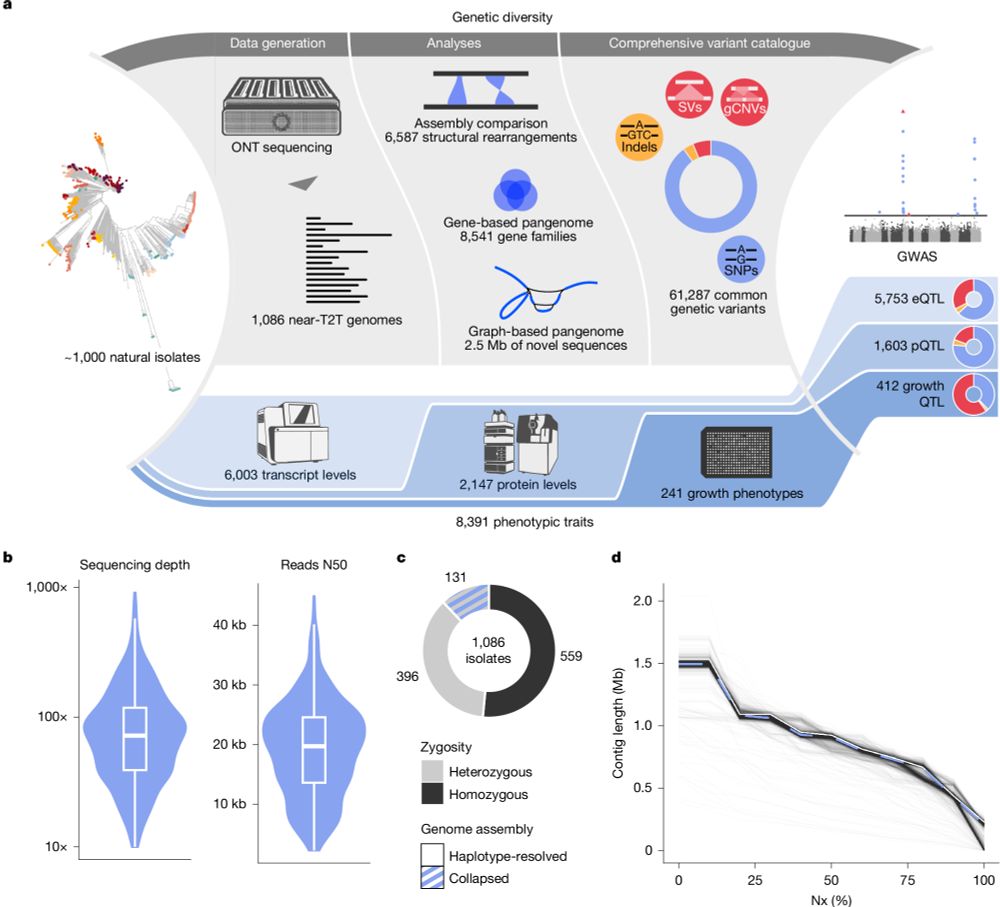

blog.genesmindsmachines.com/p/python-is-...

blog.genesmindsmachines.com/p/python-is-...


Here’s the story of how we discovered the Metis defense system 👇
www.biorxiv.org/content/10.1...

Here’s the story of how we discovered the Metis defense system 👇
www.biorxiv.org/content/10.1...
Also, we wrote a review about NAD+ and bacterial immunity, that came out last month. Thanks Ilya for making it outdated already :).
Congrats to everyone for a beautiful discovery!
Here’s the story of how we discovered the Metis defense system 👇
www.biorxiv.org/content/10.1...

Also, we wrote a review about NAD+ and bacterial immunity, that came out last month. Thanks Ilya for making it outdated already :).
Congrats to everyone for a beautiful discovery!

academic.oup.com/bib/article/...

academic.oup.com/bib/article/...


anvio.org/tutorials/co...

anvio.org/tutorials/co...
youtu.be/sRJeCLgzcKY?...

youtu.be/sRJeCLgzcKY?...
It's the first tool that builds on Sassy, the approximate-DNA-searching tool that @rickbitloo.bsky.social and myself developed earlier this year, specifically with this application in mind.
www.biorxiv.org/content/10.1...
Want to get started? github.com/rickbeeloo/b...
It's the first tool that builds on Sassy, the approximate-DNA-searching tool that @rickbitloo.bsky.social and myself developed earlier this year, specifically with this application in mind.
www.thelancet.com/journals/lan...

www.thelancet.com/journals/lan...
Today, we report the discovery of telomerase homologs in a family of antiviral reverse transcriptases, revealing an unexpected evolutionary origin in bacteria.
doi.org/10.1101/2025...

Maatregelen die de uitstoot moeten drukken zijn én nauwelijks effectief, maar pakken óók nog eens slecht uit voor de gezondheid en het welzijn van dieren. 🐄 🐖
Morgen in de papieren krant, nu al online:
www.volkskrant.nl/wetenschap/k...

Maatregelen die de uitstoot moeten drukken zijn én nauwelijks effectief, maar pakken óók nog eens slecht uit voor de gezondheid en het welzijn van dieren. 🐄 🐖
Morgen in de papieren krant, nu al online:
www.volkskrant.nl/wetenschap/k...


I won't read your paper because it is in MDPI. It is sad.
I won't read your paper because it is in MDPI. It is sad.


Under standard models, we would have expected krill populations to have *exploded*.
Instead, they DROPPED exponentially.
Let's talk about the KRILL PARADOX.



